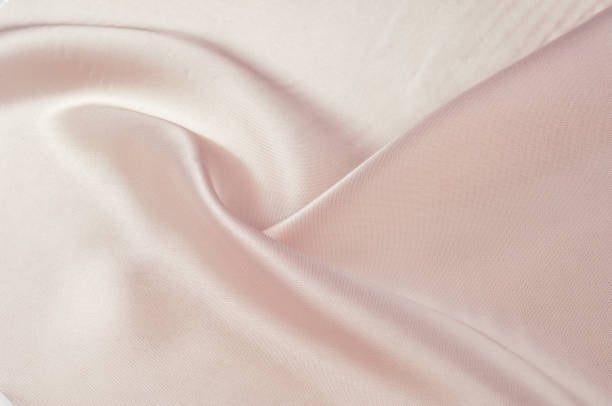Table of Contents

how to set dye in cotton fabric: A Comprehensive Guide
Cotton fabric is a popular choice for clothing and home decor items due to its comfort, breathability, and versatility. However, one common issue with cotton fabric is that the dye can easily fade or bleed, leading to a dull appearance or color transfer. If you want to ensure that the dye on your cotton fabric stays vibrant and does not run, it is essential to properly set the dye. In this article, we will provide you with a comprehensive guide on how to set dye in cotton fabric effectively.
1. Preparing the Fabric
Before dyeing your cotton fabric, it is crucial to prepare it properly. Start by washing the fabric in warm water to remove any dirt, oils, or sizing agents that may interfere with the dye absorption. Avoid using fabric softener or bleach, as they can affect the dye's ability to adhere to the fabric. Once the fabric is clean, leave it slightly damp for the dyeing process.
2. Choosing the Right Dye
There are various types of dyes available for cotton fabric, including fiber-reactive dyes, direct dyes, and natural dyes. Fiber-reactive dyes, such as Procion MX, are the most popular choice due to their permanent and vibrant colors. They chemically bond with the cotton fibers, resulting in excellent colorfastness. When selecting a dye, make sure it is suitable for cotton fabric and follow the manufacturer's instructions for the best results.
3. Mixing the Dye
Follow the dye manufacturer's instructions to mix the dye properly. In general, you will need to dissolve the dye powder in warm water, stirring until it is completely dissolved. Some dyes may require the addition of salt or other substances to enhance color penetration. Make sure to wear gloves and work in a well-ventilated area to avoid any potential health hazards.
4. Applying the Dye
There are several methods for applying dye to cotton fabric, including immersion dyeing, tie-dyeing, and screen printing. Immersion dyeing involves fully submerging the fabric in a dye bath, while tie-dyeing creates unique patterns by folding and securing the fabric with rubber bands before applying the dye. Screen printing allows for precise and repeated designs using a stencil and a squeegee. Choose the method that best suits your desired outcome and follow the instructions accordingly.
5. Heat Setting
After applying the dye, it is crucial to heat set it to ensure maximum colorfastness. Heat setting helps the dye molecules bond with the cotton fibers, making them less likely to fade or wash out. Different dyes require different heat setting methods, so refer to the manufacturer's instructions for the specific dye you are using. In most cases, heat setting can be achieved by ironing the fabric with a hot iron or using a clothes dryer on a high heat setting.
6. Washing the Fabric
Once the dye has been heat set, it is essential to wash the fabric to remove any excess dye. Fill a sink or basin with warm water and a mild detergent. Gently agitate the fabric in the soapy water, taking care not to rub or wring it vigorously. Rinse the fabric thoroughly with cool water until the water runs clear. Finally, hang the fabric to dry or tumble dry it on a low heat setting.
7. Caring for Dyed Cotton Fabric
To ensure that your dyed cotton fabric maintains its vibrant color for as long as possible, it is important to follow proper care instructions. Always wash dyed fabric separately or with similar colors to prevent color transfer. Use a mild detergent and avoid bleach or harsh chemicals that can fade the dye. Wash the fabric in cold water on a gentle cycle and avoid excessive agitation. Hang the fabric to dry or tumble dry it on a low heat setting.
8. Testing for Colorfastness
Before using or wearing your dyed cotton fabric, it is recommended to perform a colorfastness test. Moisten a small, inconspicuous area of the fabric and blot it with a white cloth. If any color transfers to the cloth, the dye may not be fully set, and further heat setting or washing may be necessary. It is better to be safe than sorry, especially when dealing with valuable or delicate fabrics.
9. Troubleshooting
If you encounter any issues with your dyed cotton fabric, such as color bleeding or uneven dye distribution, there are a few troubleshooting steps you can take. First, try rewashing the fabric in cool water to remove any excess dye. If the problem persists, you may need to reapply the dye using a stronger concentration or different application method. If all else fails, consult a professional fabric dyer for further assistance.
10. Conclusion
Setting dye in cotton fabric is an essential step to ensure long-lasting and vibrant colors. By following the steps outlined in this guide, you can successfully set dye in cotton fabric and enjoy the beautiful results. Remember to always read and follow the dye manufacturer's instructions, as different dyes may require specific techniques or additional steps. With proper care and maintenance, your dyed cotton fabric will maintain its brilliance for years to come.
